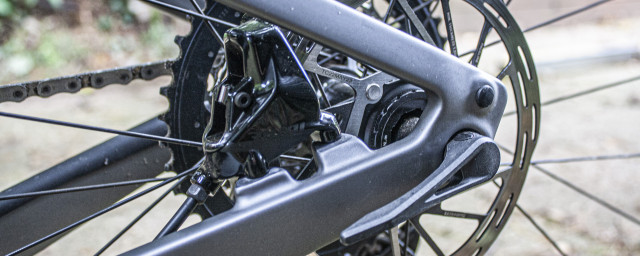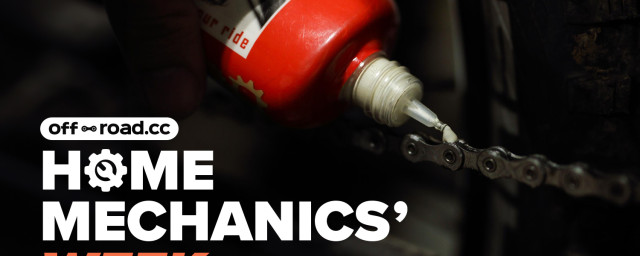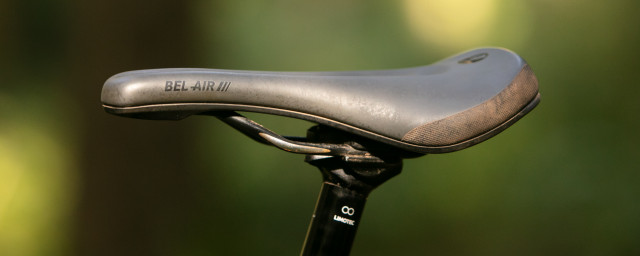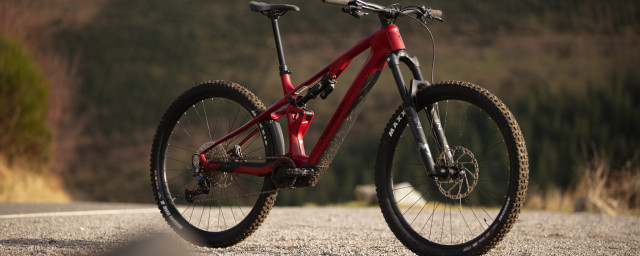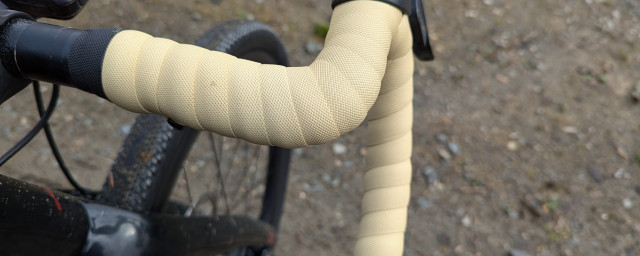How to fix a chain on a bicycle

Credited for transferring all of the power from your legs to the back wheel, a chain has a very tough life. The chain is constantly under stress – stretching from the torque put through the cranks and the lateral bending and flex as it moves from cog to cog. All of that will either cause the chain to wear out, or worse, break. Thankfully, a chain repair can be done almost anywhere, saving you from a lengthy hike back to the car.
- When should you replace your bicycle chain?
- Bicycle chains explained - everything you need to know
- Bicycle chain wear - why it matters and how to prevent it
Knowing how to fix a broken chain should be etched into every cyclist’s memory. While It's an easy fix there are a few caveats which we will address below.
Why has my chain snapped?
There are a number of factors that come into play when a chain fails but, most of the time, it’s due to the level of wear of your chain. Using a chain for too long weakens its plates, pins, and rollers (known as chain stretch), boosting the chances of complete failure. So it’s important to keep on top of your drivetrain maintenance and cleanliness, as well as regularly checking your chain for stretch using a chain checker.
Another key cause of broken chains is running a chain that’s too short for your full-suspension mountain bike. As a full susser pushes through its travel, the rear wheel effectively moves rearwards which is why a derailleur has forward movement to account for this. Running a chain that’s too short will put a huge amount of stress on it as the suspension is compressed, especially when pedalling in the largest gear. This can result in a snapped chain or even worse, a broken rear derailleur.
Other times could simply be bad luck.
The best way to avoid chain breakage is to run the correct number of links on your bike, clean and lubricate it regularly – and replace the chain and drivetrain components as required.
What do I need to fix a broken chain?
- Chain tool
- A quick link, Powerlink or Missing Link
Thankfully, many modern multi-tools come with a good chain tool built in. I’ll always ride with some kind of chain tool whether that’s part of a multitool or one of the clever on-bike stored tools such as Granite Design’s Stash Chain Repair Tool Kit.
It’s equally as useful to carry a quick link in your pack or on your bike. While not 100% necessary, they’ll make chain repair much quicker and easier, and using a link like this offers a permanent fix. Many multitools come with some kind of Powerlink holder, making them easy to find and access.
But if you’re caught without a quick link, we’ll show you how to rejoin a chain without one.
How to fix a broken chain
You’re out on the trail and your chain has snapped. Luckily fixing the chain is pretty straightforward. But note, if you’re fixing your chain without using a quick link, this is simply a get-home fix as the structural integrity of the chain will be compromised. After this, you should replace your chain to avoid your repair from failing mid-ride.
Prep your mech
Before doing anything, turn your mech’s clutch off (if Shimano) by flipping the lever at the top of the mech towards the crank or lock your SRAM’s pulley cage in the forward position by moving it forward and pressing the little lock button.
The former will make the mech freer to move which will help in all aspects of the task, whereas the latter gives you some slack to play with.
Remove the damaged part of the chain
Firstly, you’ll need to remove the damaged links. Using your chain tool, hook the chain so the tool pin lines up with the pin of the chain’s broken link. Then wind the tool to push that pin through the link. Discard the broken parts in your bag or pocket.
To join a chain together properly, you'll need to remove the correct links so that you've got a wide link at one end, and a narrow one at the other. This changes when using a quick link as it acts as a wide link so you’ll need two narrow links at either end of the chain to accommodate for the Powerlink.
Rejoin the chain
If you’ve got a quick link, this is an easy job. Just pop each part of the quick link into the narrow ends of the chain, line it all up and give it a pull until it clicks in place. Holding the rear brake and pressing on a pedal makes this step easier.
Without a quick link, things get a little more complicated. You’ll need a fresh narrow link at one end and a wide one at the other. On the wide link, you’ll need to push its pin out with your chain tool almost all the way out of the link. But don't go so far that you push the pin out completely as that makes things complicated. Push it out enough so you can remove the broken link while keeping the pin in the wide link's face.
Then introduce the narrow end of the chain into the wide part with the pin poking out. When these sections are lined up, use your chain tool to push the pin back through the two links to join them together. When doing this, try your best to make sure that each end of the pin protrudes from the link evenly as this will help the link move freely.
When rejoining a chain using a chain tool, the repaired link can bind to the point it won't rotate around the pin properly. This happens when the pin has been pushed in either too far or too little, so it’s important that this is kept even. As soon as everything’s secure and moving freely, you’re done.
Can Powerlinks be used on Shimano and other chains?
One of the best things about Powerlinks is that they can be used on all chains, as long as it matches the drivetrain speed. For example, an 11-speed Powerlink can only work with an 11-speed chain.
Are quick links reusable?
It depends on which quick link you're using. Technically speaking, quick links aren't reusable but they can hold a chain together. Brands such as KMC make the Missing Link which is reusable.










